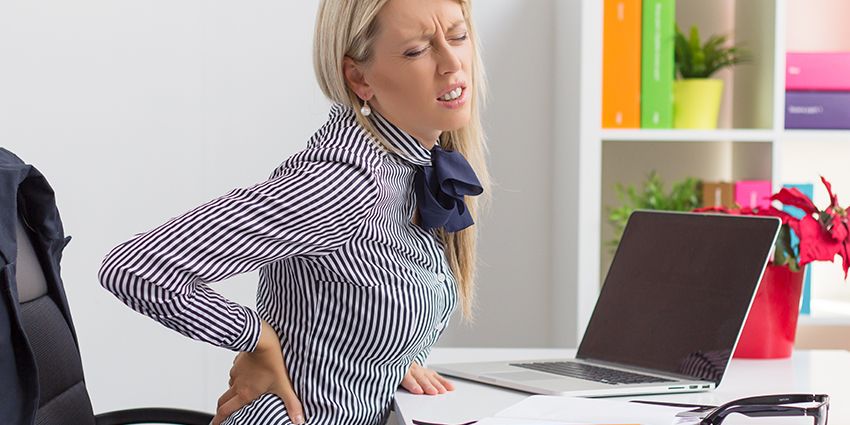Avoiding Low Back Injuries With Squatting
Let’s talk about 3 tips to get rid of lower back pain from squats. In most cases, pain from squatting comes to technical errors; whether the pain is in the lower back or in the knees. Sometimes, the lower back pain can actually originate from the hips
Let’s talk about 3 tips to get rid of lower back pain from squats. In most cases, pain from squatting comes to technical errors; whether the pain is in the lower back or in the knees. Sometimes, the lower back pain can actually originate from the hips
Unfortunately though, squats have been known to cause unwanted low back soreness. While the squat will work the muscles of the lower back, if the low back becomes the most targeted region during the squat, chronic soreness and overuse injury can occur.
To prevent this from happening, and to continue to maximize the benefits you can experience with the squat, keep in mind the following key considerations.
Technique
Understand first the technique for a safe and effective squat.
In a squat, you want to sit back and down — producing the movement from the hips and knees, and not the lower back.
If your hips roll underneath you and your back rounds, you place your lower back in a position that is at a greater risk for injury. The more your back rounds the greater the shear force on the spine, which is dangerous.
Likewise, if you overarch your lower back, when your hips tip forward and your butt pops out, you’re not only compressing the spinal segments, but using the muscles of the lower back to keep your spine from rounding forward. While preventing the spine from rounding is a good thing, doing so by only using the muscles of the low back will overwork those muscles and create soreness and potential injury. You can tell this happens when you complete the squat and your lower back feels overworked and tight.
Aim to keep your back neutral throughout the movement, meaning you don’t allow it to round or over extend. Use a mirror to monitor your low back position.
Squat to YOUR Depth
While you may have heard that you need to squat to or past parallel (when your thighs are parallel to the ground), no one’s hips are exactly the same. This means that you may have a hip that is built to squat to parallel or below, or you may have a hip that is built to squat to above parallel before running out of room.
If you squat past your available range of motion you will likely compensate and move through other joints (the most likely being the back). This will create extra movement through the lower back that will result in soreness and injury over time.
So only squat to the depth that you can control and maintain a neutral back position with. If you push past this and go deeper, you are placing yourself at a greater risk for injury and a sore lower back.
Try Different Squat Variations
The back squat is the classic squat variation, but is also the most difficult variation to master. Because of the position of the bar being on your back, it places more direct stress on the back than other variations. Venture beyond the back squat and use different variations to prevent low back soreness.
Goblet Squat
The goblet squat helps tighten up your technique with the squat. You hold the weight in front of you to provide an offset load, which allows you to more easily sit back and keep your back neutral.
How To: Holding a kettlebell or dumbbell in a goblet grip — holding the horns of the kettle bell just below your chin — take a slightly wider than hip-width stance. Keep your abs engaged and sit your hips back and down as you place most of your weight in your heels without the toes coming off the ground.
Keep your back flat and reverse directions pushing through your heels to return to the standing position.
https://www.livestrong.com/article/509231-a-lower-back-sore-after-squats/

